Number Sense Activities with Visual Dot Cards {Grades PreK-1}
Time and time again, research shows that students who struggle with math in middle school or high school were the same kids who lacked number sense in the early grades. So it is essential that we help develop and strengthen kids’ number sense in Kindergarten and First Grade, to help set them up for future math success. There are several different strategies you can focus on to help kids make sense of numbers and think flexibly, but one of the earliest skills to focus on is subitizing. This collection of number sense activities using visual dot cards will help you do just that!
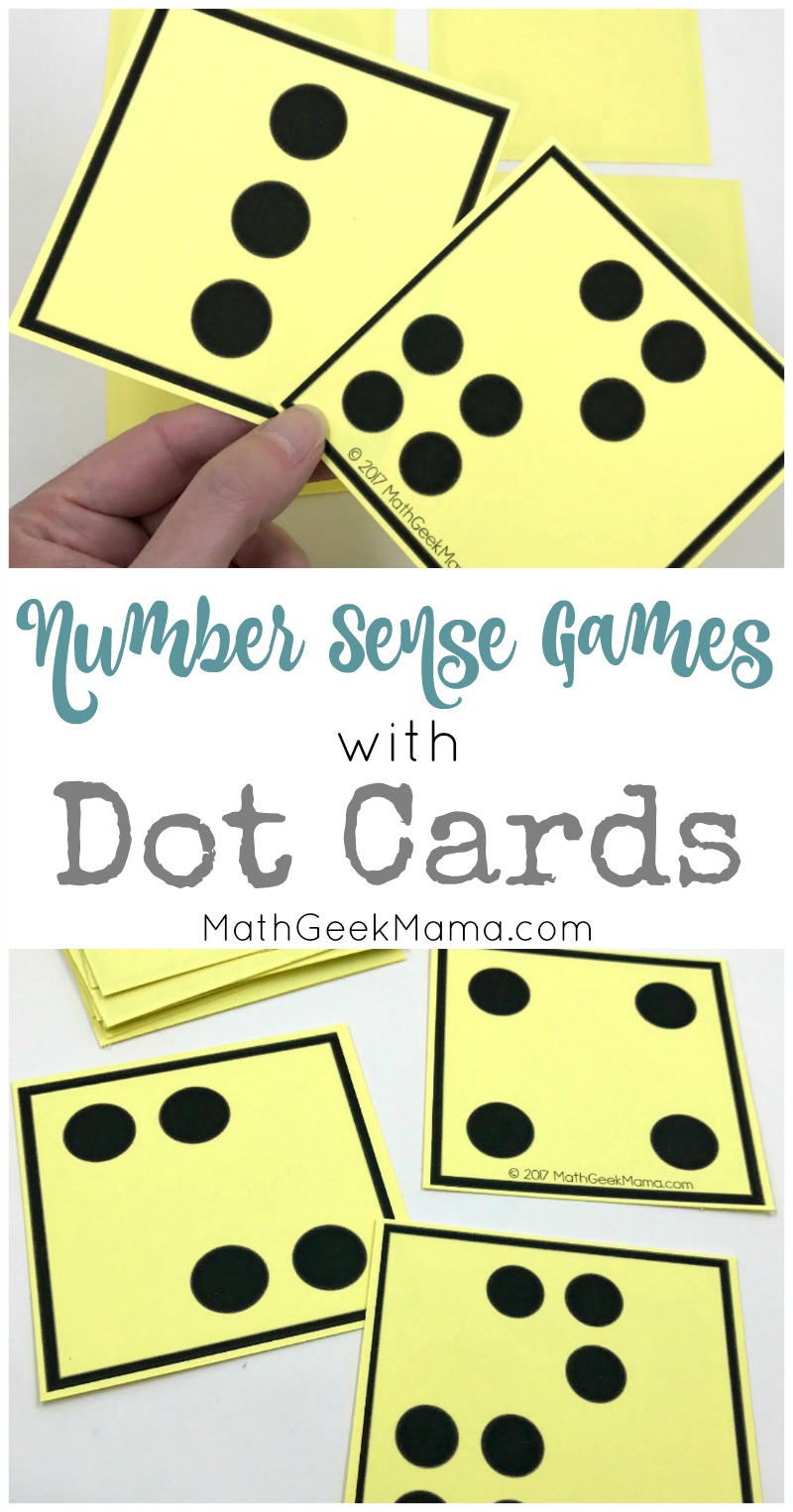
*Please Note: This post contains affiliate links that help support the work of this site. Read our full disclosure here.*
What is Number Sense?
Number sense can be defined a lot of different ways, but the simplest definition that I like to use is “thinking about and using numbers flexibly.”
When kids have number sense, they can use and apply different strategies to solve problems. They can make reasonable estimates. They can easily and efficiently solve mental math problems. And they can subitize.
So how do we teach number sense?
Well, as Christina Tondevold says, “Number sense can’t be taught, it has to be caught.”
But there are things we can do to help kids catch number sense and be flexible and confident problem solvers! To get started, today I’m going to focus on subitizing using visual dot cards.
For more ideas, see this article from Keith Devlin.
Number Sense Activities: Subitizing
So what in the world does subitize mean? Simply put, it means you can recognize quantities without counting.
For example, being able to recognize dot arrangements on dice, dominoes or ten frames. If you are playing a game with your kids, you likely don’t have to count the dots on your dice when you roll. You just recognize the familiar arrangements.
When kids can recognize arrangements like this, it helps develop their approximate number system.
This helps them to then apply strategies such as counting on and composing and decomposing numbers (for example, they might see an arrangement as 2 and 3 to make 5, etc.)
Number Sense Games with Dot Cards:
This set of dot cards includes 32 dot cards as well as a page of blank cards so you can create your own arrangements.
You could even recreate some of the included cards with two different colored dots to help kids see ways to think about and decompose the numbers.
You could also use these dot cards for number talks. For more details on number talks, see this book from Sherry Parrish.
Visual Dot Cards Set Up:
To get started, you’ll want to print and cut out all the dot cards. I printed them on colored card stock, but you don’t have to. I would suggest laminating them though, so they will last through many kids and many games.
If kids are just beginning to learn to subitize, start with small numbers and work your way up as they grow in confidence and fluency.
Here are some simple number sense activities you can play with the cards.
Can You Make It?
For this game, you will need the large, blank dot card included in the download. You will also need some round counters, such as these or these.
Then mix up the dot cards (whichever arrangements you’d like kids to focus on) and place them in a stack face down.
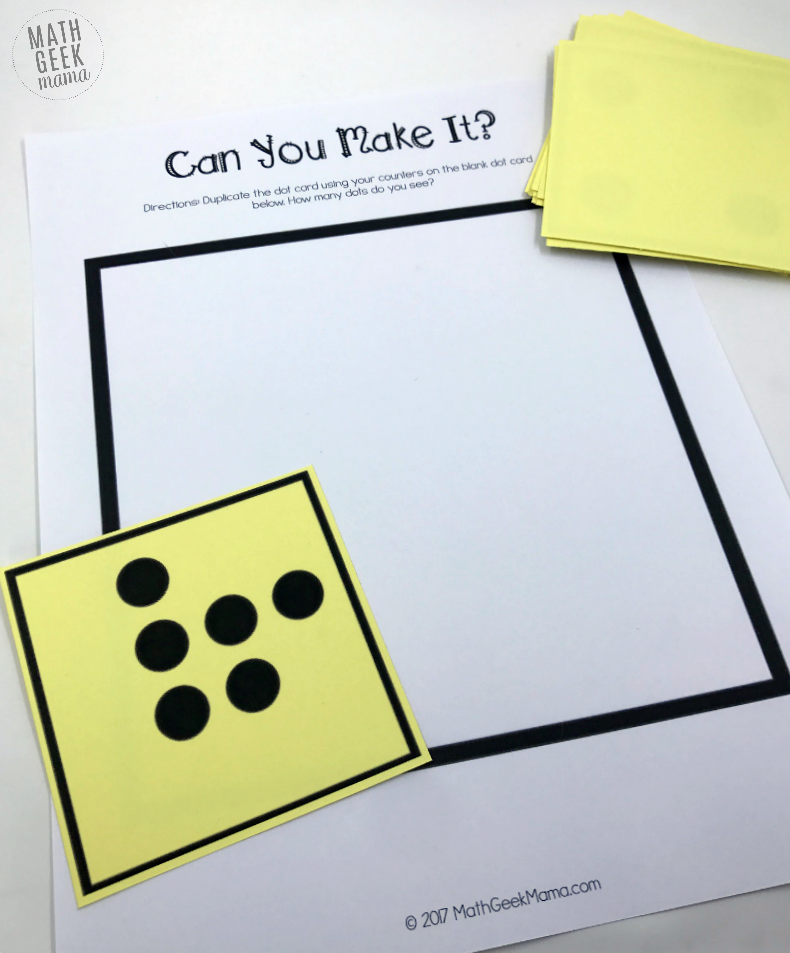
Kids then draw a card from the stack and recreate it on their large dot card with their counters.
This will help them to count and recognize various arrangements of quantities.
Again, when they’re just getting started, only include small numbers such as 1-3.
Dot Card Flash:
This game can be played with a partner or with the teacher. Again, you will need the “Can You Make It?” game mat and counters.
This game is the same idea, but kids have to recreate the dot card from memory.
To begin, one partner draws a card and shows it to the other partner for 3 seconds.
Then they put the card away and player 2 has to recreate the dot card on their game mat.
Dot Card Matching Games:
There are lots of variations of matching games that kids can play, either individually or with a partner.
First, kids can try to match equal quantities with different representations. So two dot cards that both show 7 dots would be a match.
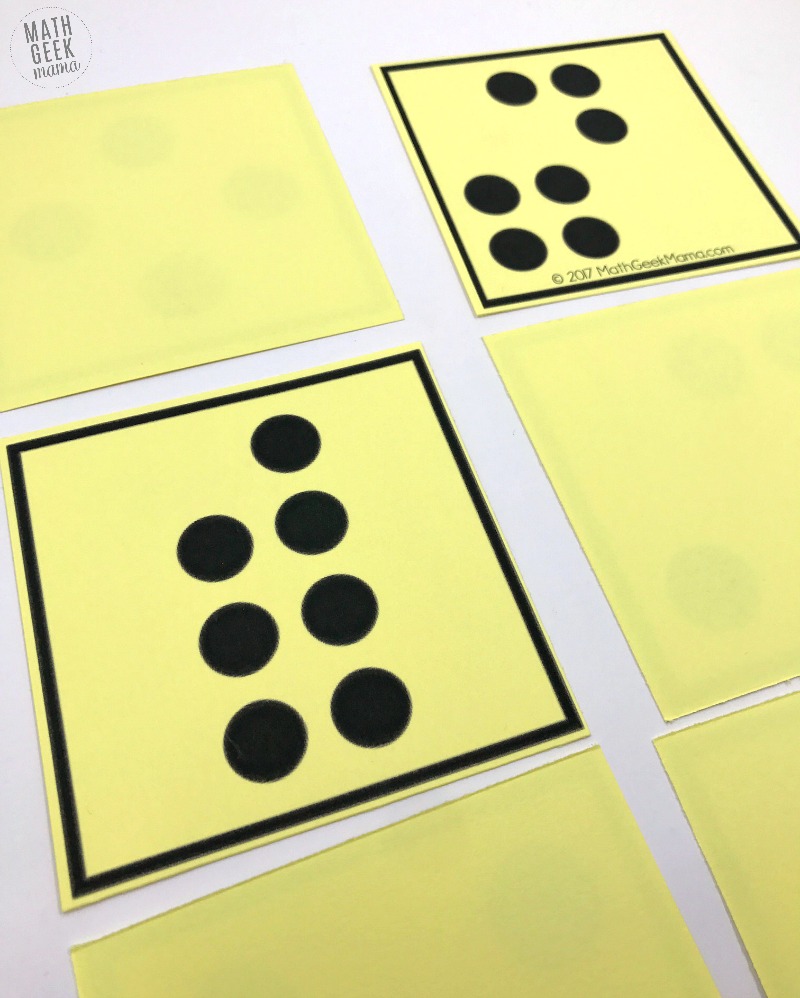
You could also use the blank cards to write numerals and kids could match a dot card with the correct numeral. For instance, a dot card with 5 dots would match the number ‘5’ card.
For older kids who are ready, you can play “Make 10” match. In this game, kids have to find dot card matches that are equal to 10 altogether. In other words, a dot card with 3 dots and a dot card with 7 dots would be a match because they total 10.
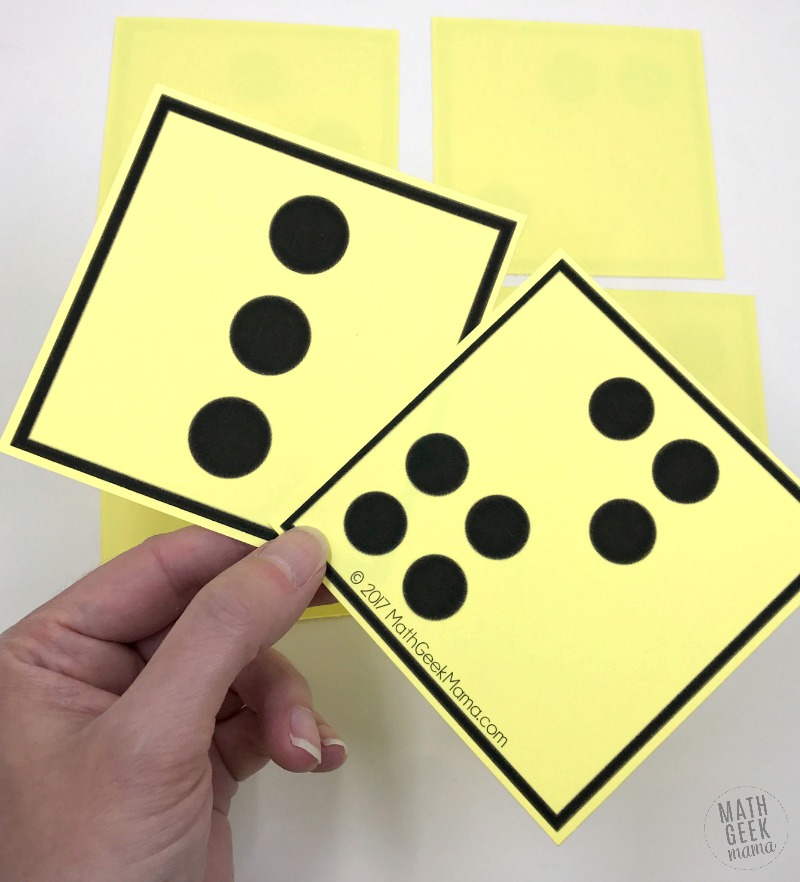
This will help kids learn and recognize ways to make ten, another important component to developing number sense.
Which One Doesn’t Belong?
You as the teacher can play this with kids, or partners can take turns challenging each other.
To set it up, one player places 3-4 cards on the table.
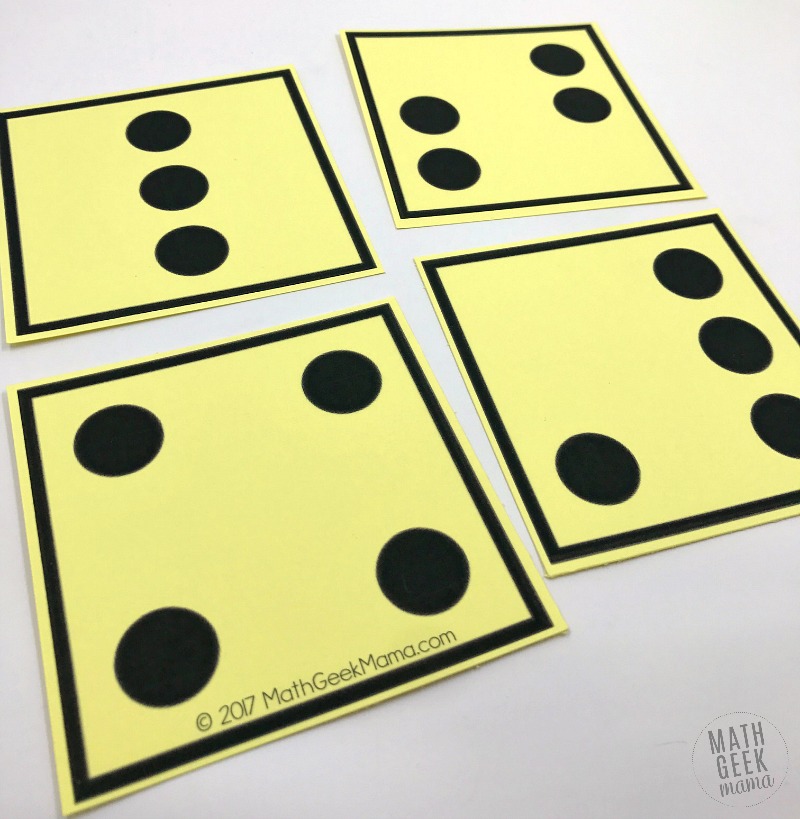
Two or three of the cards need to represent the same quantity and the other a different quantity. Then ask, “Which one doesn’t belong?”
You could also increase it to 4 cards, with one “not like the others.”
So in the picture above, the card with 3 dots doesn’t belong.
Find the Total:
Another simple game that you could also use as a number talk is “find the total.”
For this, you simply hold up 2 cards and ask kids to find the total number of dots. In a number talk, you would then ask kids to explain how they found the total.
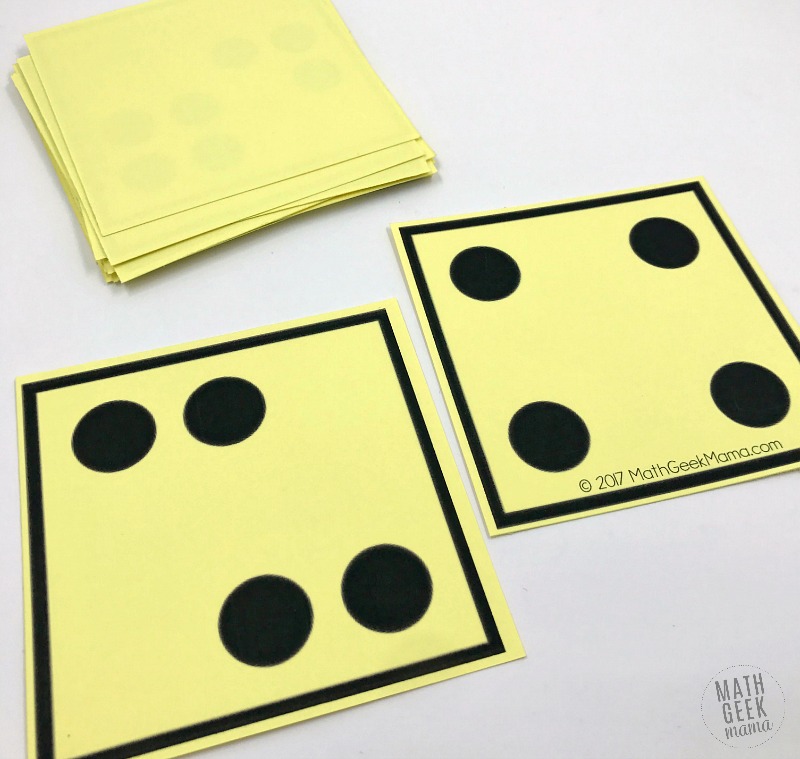
If you’d like kids to practice independently, they can simply shuffle the cards and place them in a stack face down. Then draw two cards and find the total.
To increase the difficulty, choose 3 cards and find the total.
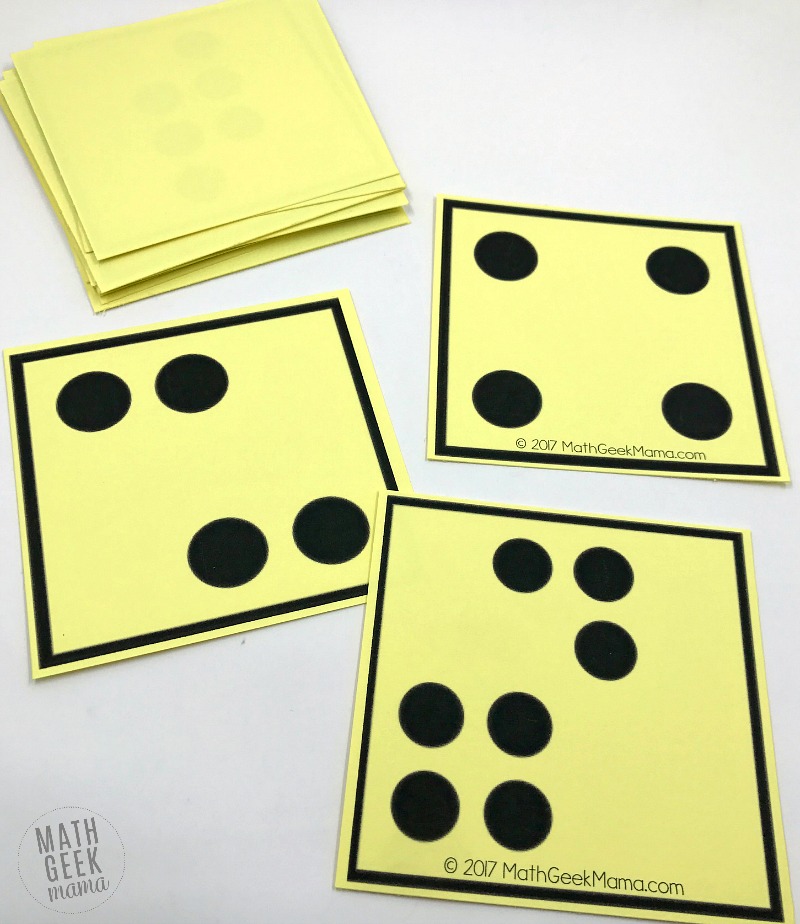
Find the Difference:
This is the same as find the total, but instead kids have to subtract to find the difference.
You could also begin by asking, “which card shows the greater number of dots?”
And then ask, “how many more are on that card than the other?”
Find even more game ideas in the download, and stay tuned for an exciting new math app that includes all these games and more!
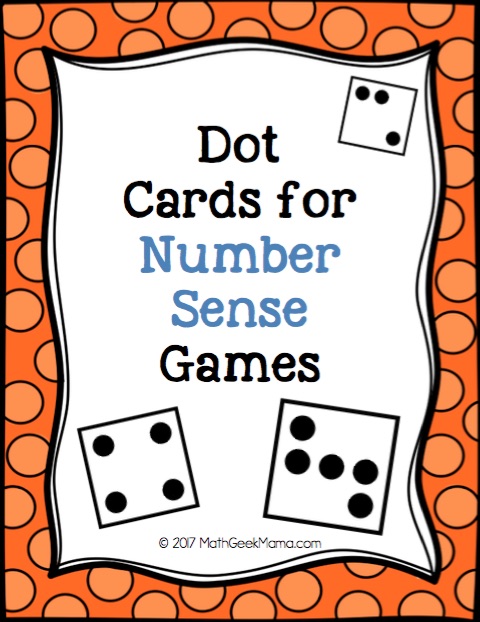
Buy the Dot Card Game Set here!
What ideas do you have for number sense activities with dot cards? Share in the comments!
Want to play the games on your tablet? Grab the dot cards app!
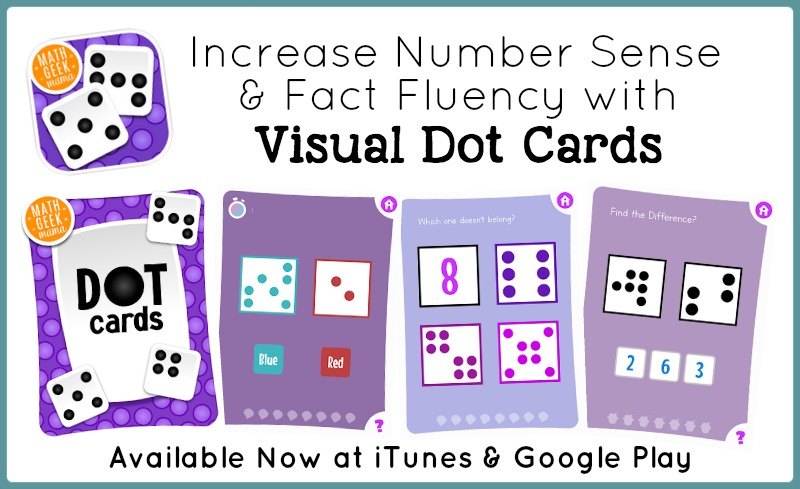



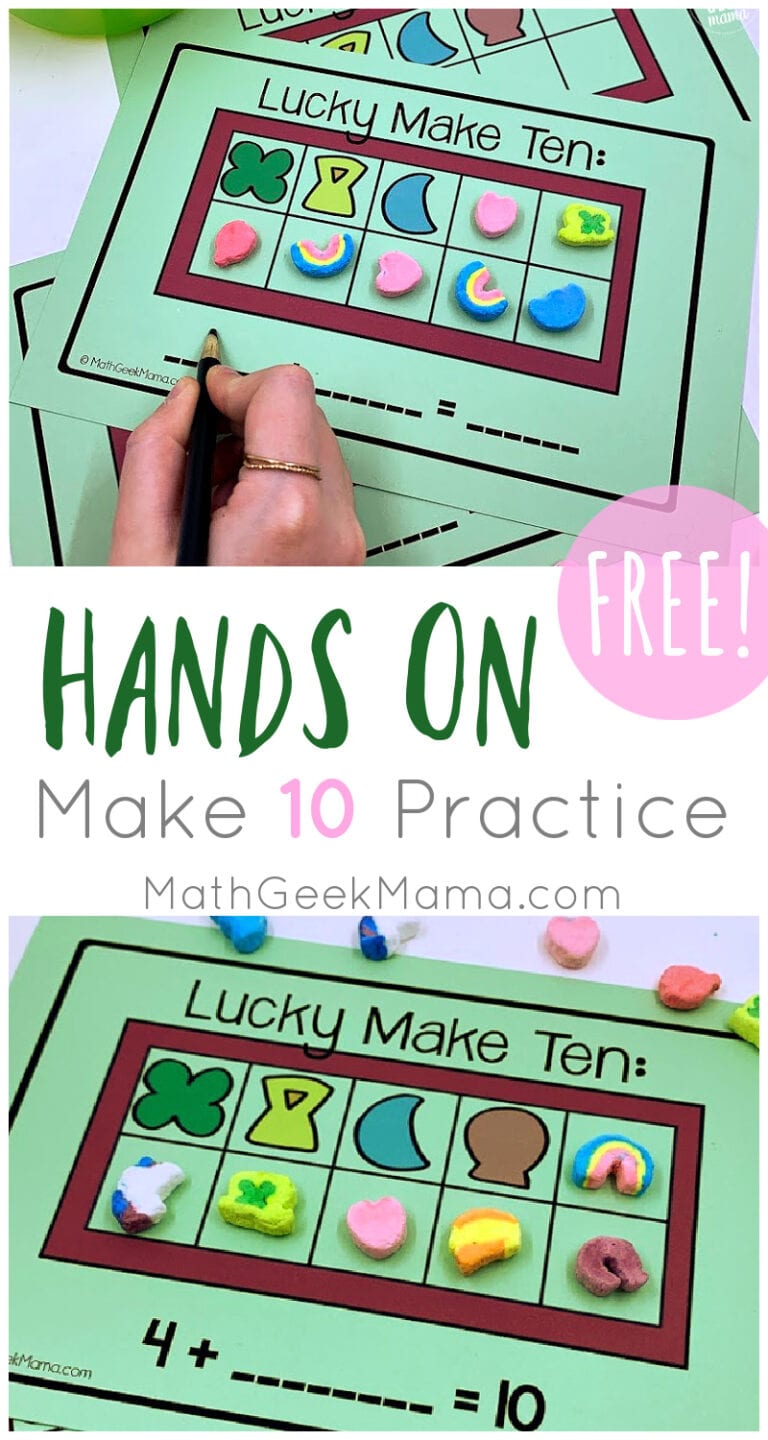
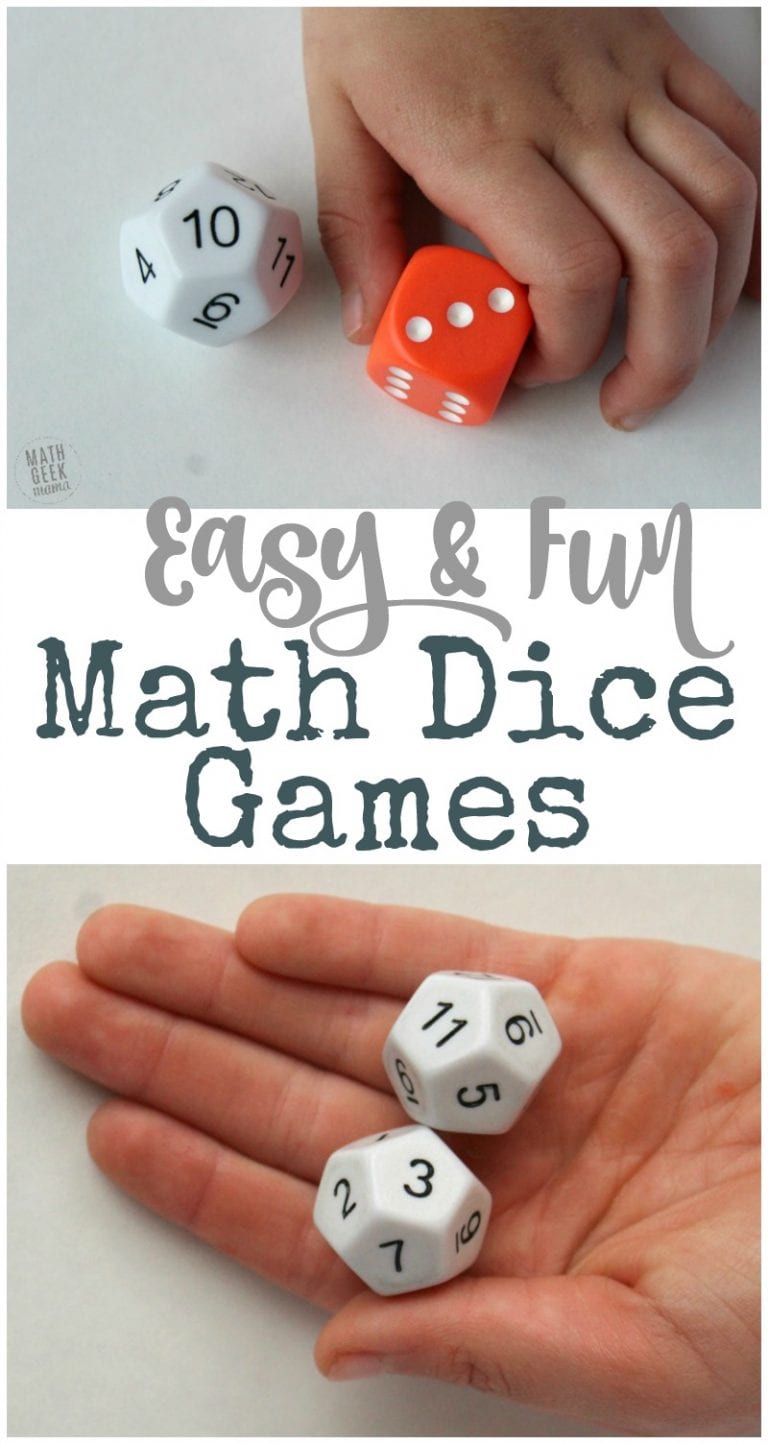
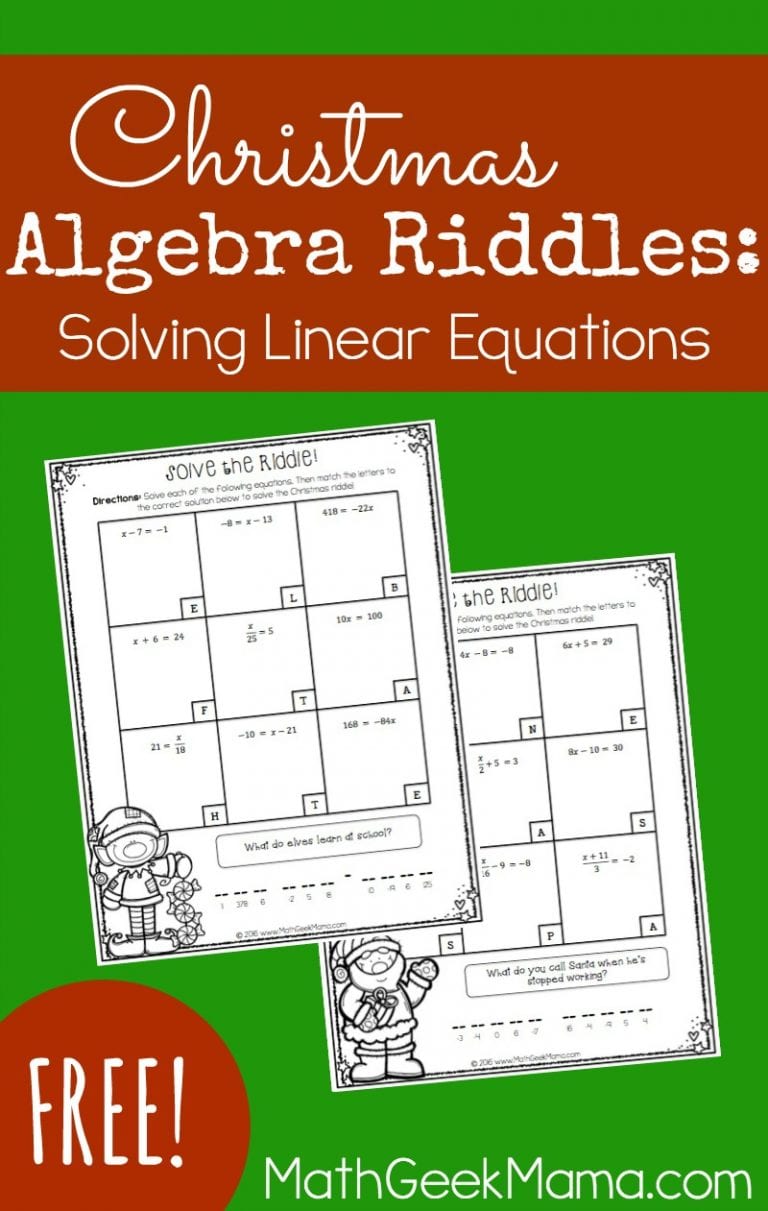
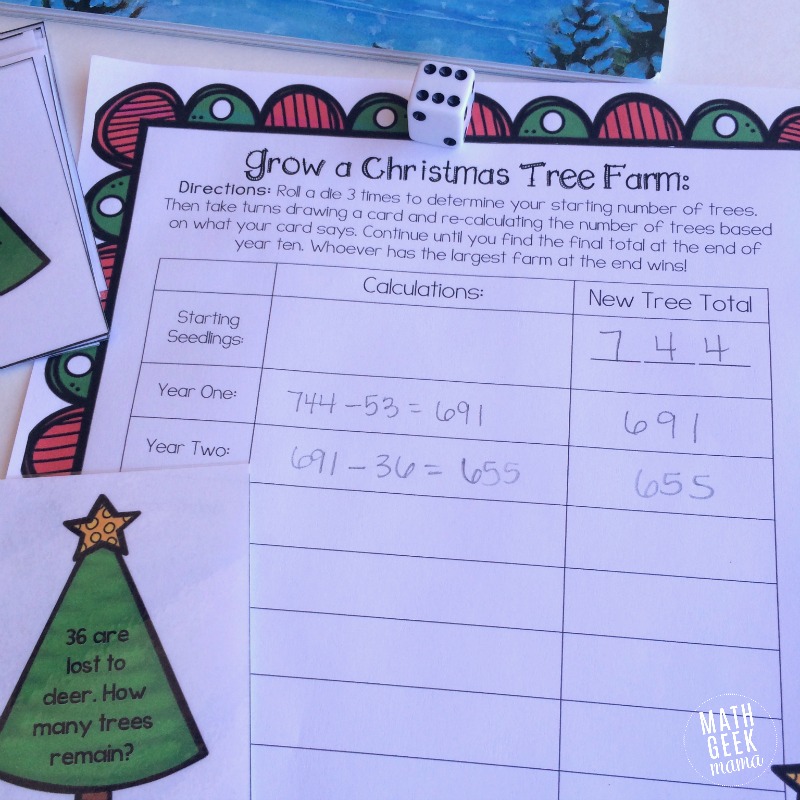

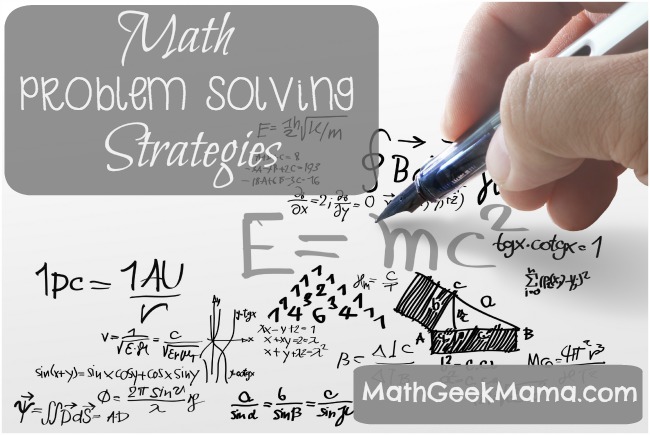
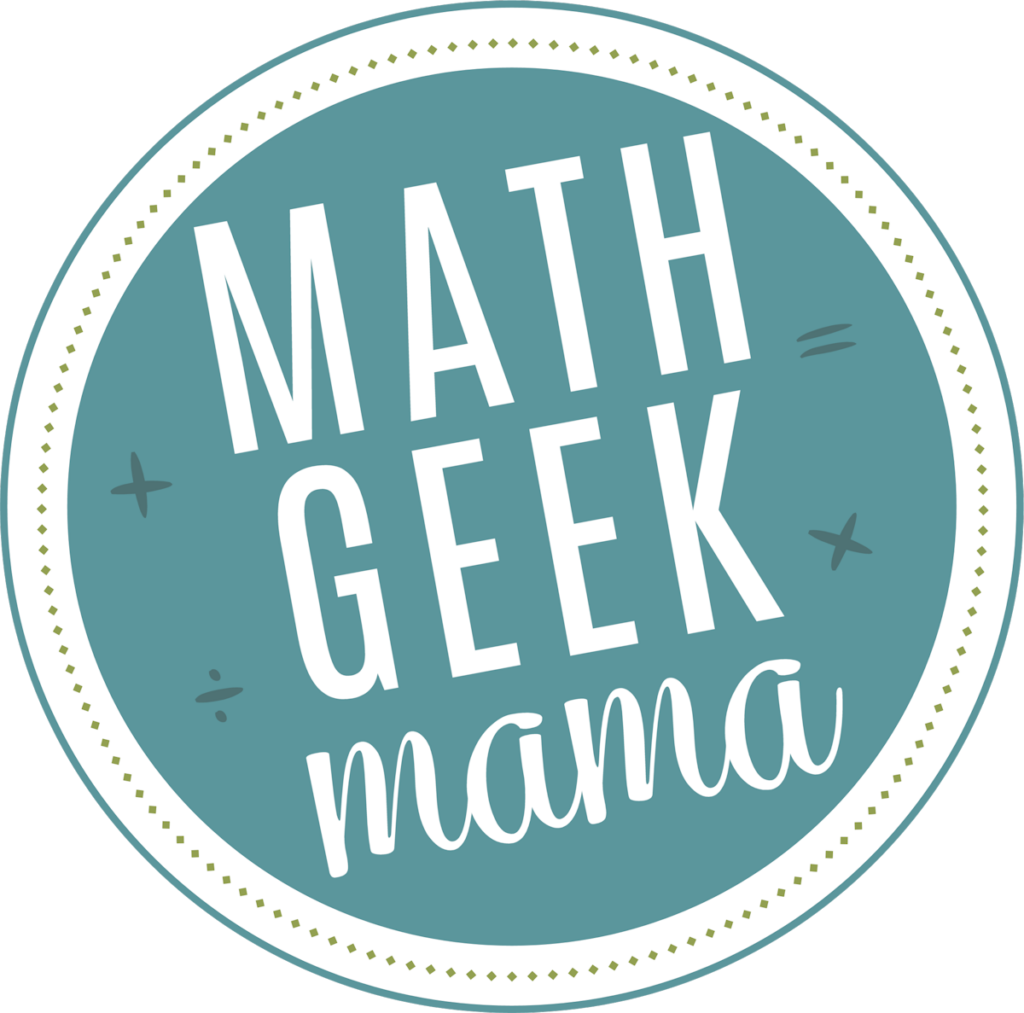
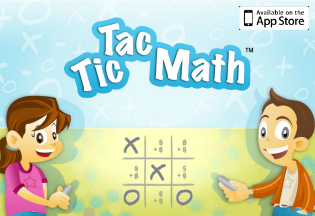


Unable to complete/pay for freebie: Dot cards.
Do I need to add credit card?
Hi Millie,
If you send me an email at mathgeekmama(at)gmail(dot)com I can help you out. Thanks!
Bethany
You have such great ideas! I really enjoy reading your blog.
Thank you so much for this resource and all the activity ideas. I am looking forward to integrating them into my class.